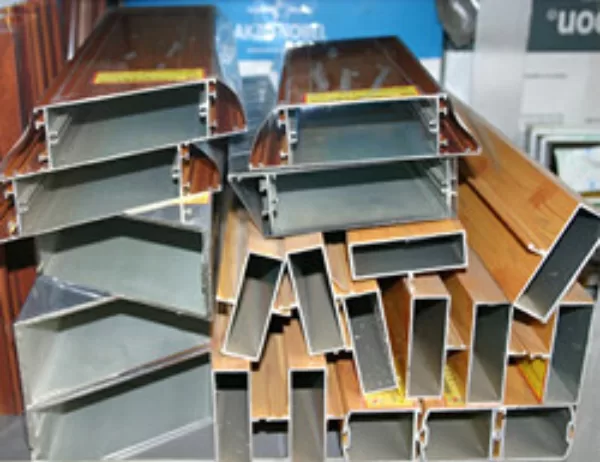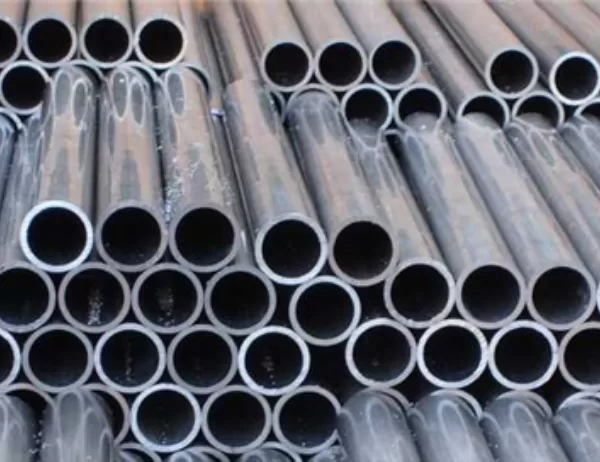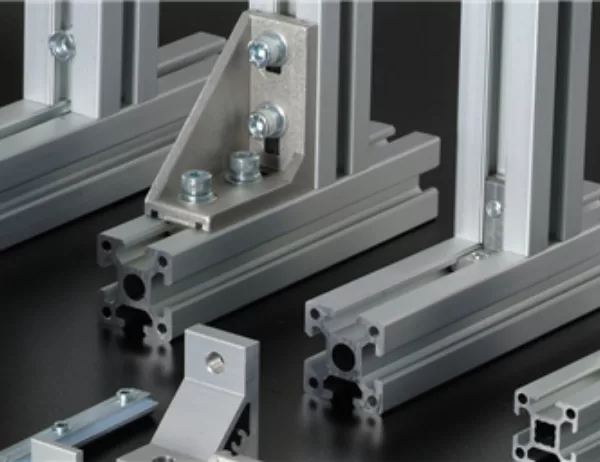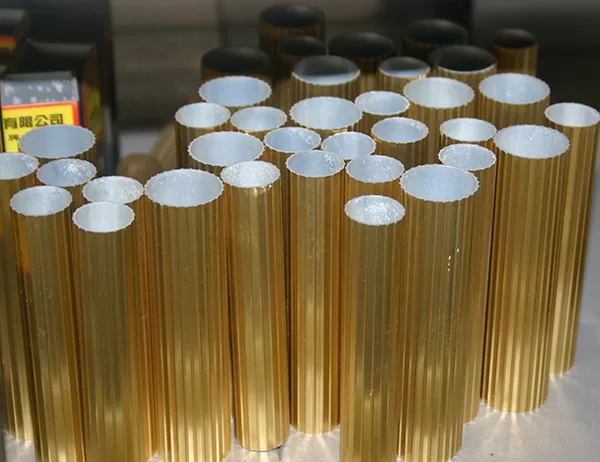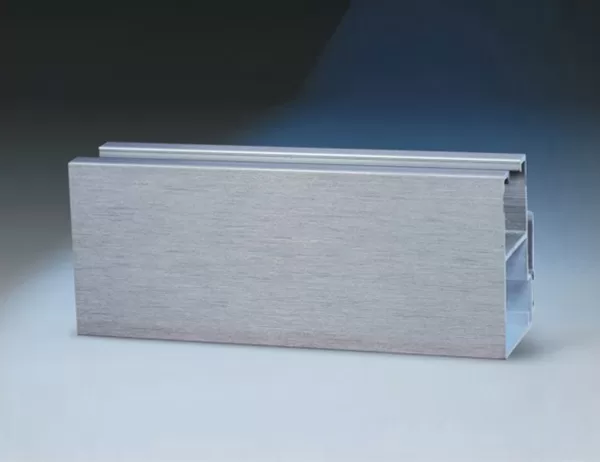A Comprehensive Guide to Selecting the Right 100mm Aluminum Tube for Your Project: Unveiling the World of Precision Engineering
Introduction
In the realm of industrial ventures, precision engineering looms large, meticulously shaping the building blocks of innovation. Aluminum tubes, with their unwavering strength and lightweight allure, occupy a prominent place in this intricate tapestry. Among this elite family of tubes, the 100mm aluminum tube stands as a versatile giant, ready to conquer even the most demanding applications.
This exhaustive guide unveils the secrets of selecting the perfect 100mm aluminum tube for your project, empowering you with the knowledge to navigate the labyrinth of specifications and options. From unraveling the mysteries of material grades to mastering the nuances of surface finishes, we delve into the heart of aluminum tube engineering, ensuring that your project soars to unprecedented heights.
Navigating the Maze of Material Grades
At the foundation of any aluminum tube lies its material grade, a determinant of strength, durability, and corrosion resistance. Understanding the intricacies of these grades is paramount for selecting the tube that will harmoniously align with your project’s unique demands.
1050 Aluminum: The embodiment of pristine purity, 1050 aluminum boasts exceptional formability and weldability, making it the ideal choice for applications where intricate shapes and seamless joints take precedence.
3003 Aluminum: A workhorse in the aluminum realm, 3003 aluminum combines strength and corrosion resistance, making it a dependable option for projects exposed to the relentless elements.
5052 Aluminum: When strength takes center stage, 5052 aluminum emerges as the champion. Its robust mechanical properties render it the perfect candidate for structural applications and demanding industrial environments.
Deciphering the Alphabet Soup of Surface Finishes
Beyond the core material lies the surface finish, a defining attribute that not only enhances aesthetics but also influences performance. Delving into the alphabet soup of surface finish designations, we uncover the hidden meanings beneath each enigmatic abbreviation:
Mill Finish: The raw, unadorned surface finish, showcasing the natural texture of aluminum.
Anodized Finish: An electrochemical process that creates a protective oxide layer, enhancing corrosion resistance and adding a touch of vibrant color.
Powder Coated Finish: A durable, long-lasting finish applied electrostatically, providing excellent resistance to scratches, UV rays, and chemicals.
Exploring the Dimensions of Precision
With material grade and surface finish meticulously chosen, it’s time to venture into the realm of dimensions, where precision reigns supreme. The 100mm diameter of these tubes remains constant, but their wall thickness varies, catering to a spectrum of requirements:
Thin-Walled Tubes: With walls as slender as 1mm, thin-walled tubes prioritize lightness and flexibility, Ideal for applications where weight optimization and intricate bends are paramount.
Medium-Walled Tubes: Striking a balance between strength and weight, medium-walled tubes, typically ranging from 2mm to 3mm in thickness, excel in general-purpose applications.
Thick-Walled Tubes: When the going gets tough, thick-walled tubes, with walls exceeding 3mm, provide unwavering structural support, making them the unsung heroes of heavy-duty applications.
Matching Temper to Task
Unveiling the final layer of complexity, we encounter the concept of temper, a heat treatment process that profoundly influences the mechanical properties of aluminum tubes. Understanding the nuances of temper designations is crucial for selecting a tube that will perform flawlessly under the rigors of your project:
Soft Temper: Represented by the letter “O,” soft temper tubes exhibit exceptional ductility and are easily formed, making them perfect for intricate shapes and bends.
Half-Hard Temper: Designated by the letter “H2,” half-hard temper tubes offer a balance of strength and formability, accommodating moderate bending and shaping requirements.
Hard Temper: Bearing the letter “H4,” hard temper tubes prioritize strength over formability, excelling in applications where rigidity and structural integrity are non-negotiable.
Embarking on the Journey of Selection
With the knowledge you have gleaned from this comprehensive guide, you are now equipped to embark on the journey of selecting the perfect 100mm aluminum tube for your project. Consider the demands your application will impose, carefully weighing factors such as strength, corrosion resistance, surface finish, wall thickness, and temper.
Remember, the ideal 100mm aluminum tube lies at the intersection of your project’s specific requirements and the diverse options available. By thoughtfully navigating this intricate landscape, you will unleash the full potential of precision engineering and propel your project to the pinnacle of success.
